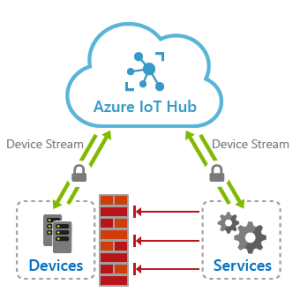
How to Recycle Your Old Computer Responsibly
By [Your Name]
Introduction
With technology evolving at a rapid pace, many of us find ourselves replacing our computers every few years to keep up with the latest advancements. However, disposing of old computers can be detrimental to the environment if not done responsibly. In this article, we will explore the importance of recycling old computers and provide you with a step-by-step guide on how to do it ethically.
Why Recycling Matters
When computers end up in landfills, they can release toxic chemicals such as lead, mercury, and cadmium into the soil and groundwater. These substances are harmful to both human health and the environment. Recycling your old computer ensures that valuable materials are recovered and reused, reducing the demand for raw materials and minimizing the environmental impact.
Step 1: Back Up Your Data
Before recycling your old computer, it’s essential to back up any important data you want to keep. This includes documents, photos, videos, and any other files stored on your hard drive. Make sure to transfer them to an external storage device or a cloud-based service of your choice.
Step 2: Delete Personal Information
Prior to getting rid of your computer, take the necessary steps to delete any personal information to protect your privacy. Simply deleting files is not enough, as they can still be recoverable. Use specialized software to securely wipe your hard drive or consider physically destroying it to ensure your data cannot be accessed.
Step 3: Find an Authorized Recycler
It’s crucial to find an authorized electronics recycler in your area to ensure your old computer is properly handled. Look for e-waste recycling programs or facilities that adhere to environmentally-friendly practices. Check with local recycling centers, electronics retailers, or municipality websites for information on drop-off locations or collection events specifically for electronic waste.
Step 4: Prepare for Recycling
Before dropping off your old computer, it’s recommended to place it in its original packaging if available. This helps protect it during transportation. If you no longer have the original packaging, use an anti-static bag or wrap the computer in a thick layer of bubble wrap to prevent any damage.
Step 5: Remove Batteries
If your old computer uses batteries, make sure to remove them before recycling. Batteries require specialized recycling methods due to their chemical composition. Many retailers or recycling centers have separate battery recycling programs to ensure proper disposal.
Step 6: Take It to the Recycler
Bring your old computer to the authorized recycler or drop-off location. Hand it over to the staff or follow their specific instructions. Often, recyclers will provide you with a receipt or certificate of recycling, giving you peace of mind that your computer will be handled responsibly.
Conclusion
Recycling your old computer responsibly is not only essential for protecting the environment but also for ensuring your personal data doesn’t end up in the wrong hands. By following these steps and finding an authorized recycler, you can contribute towards a more sustainable future and make a positive impact on the world around us.

